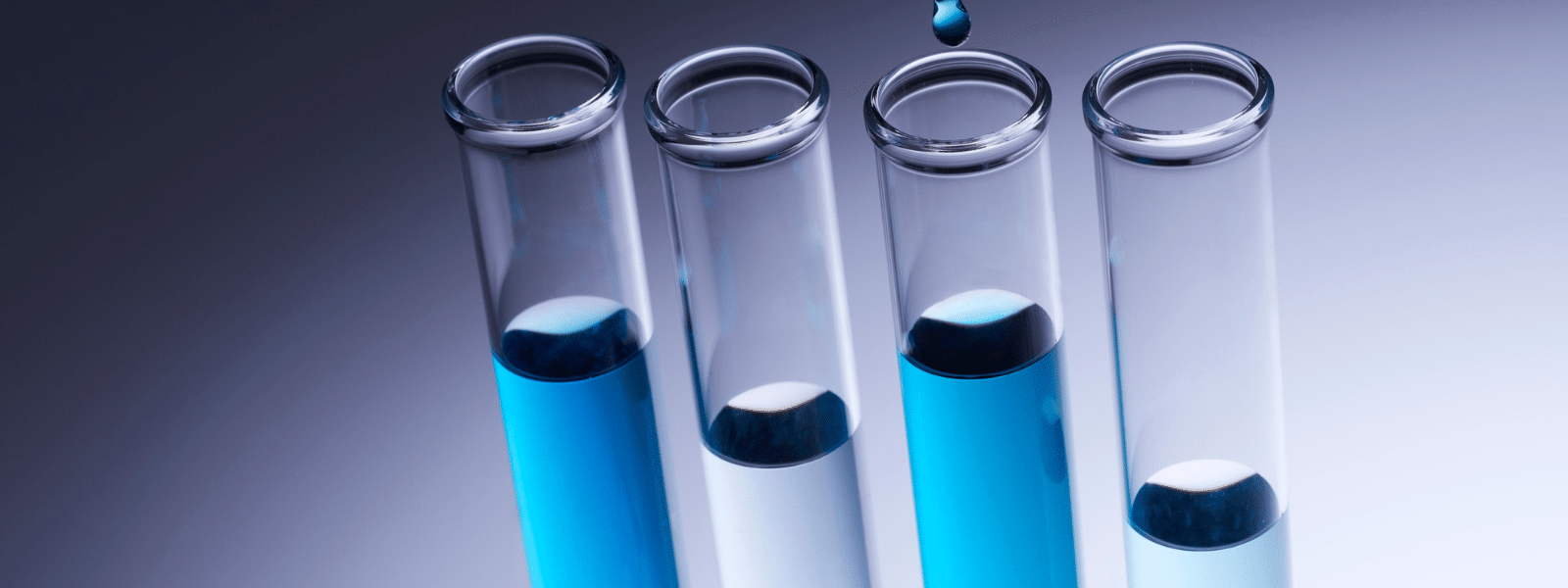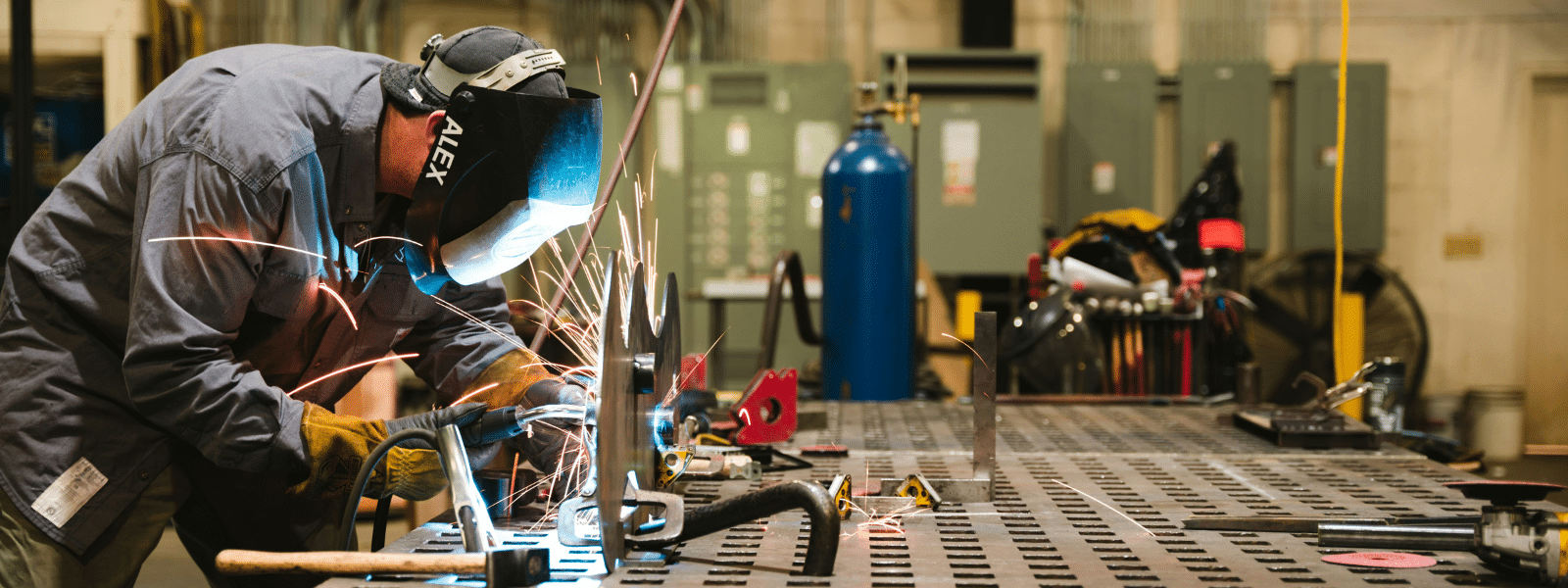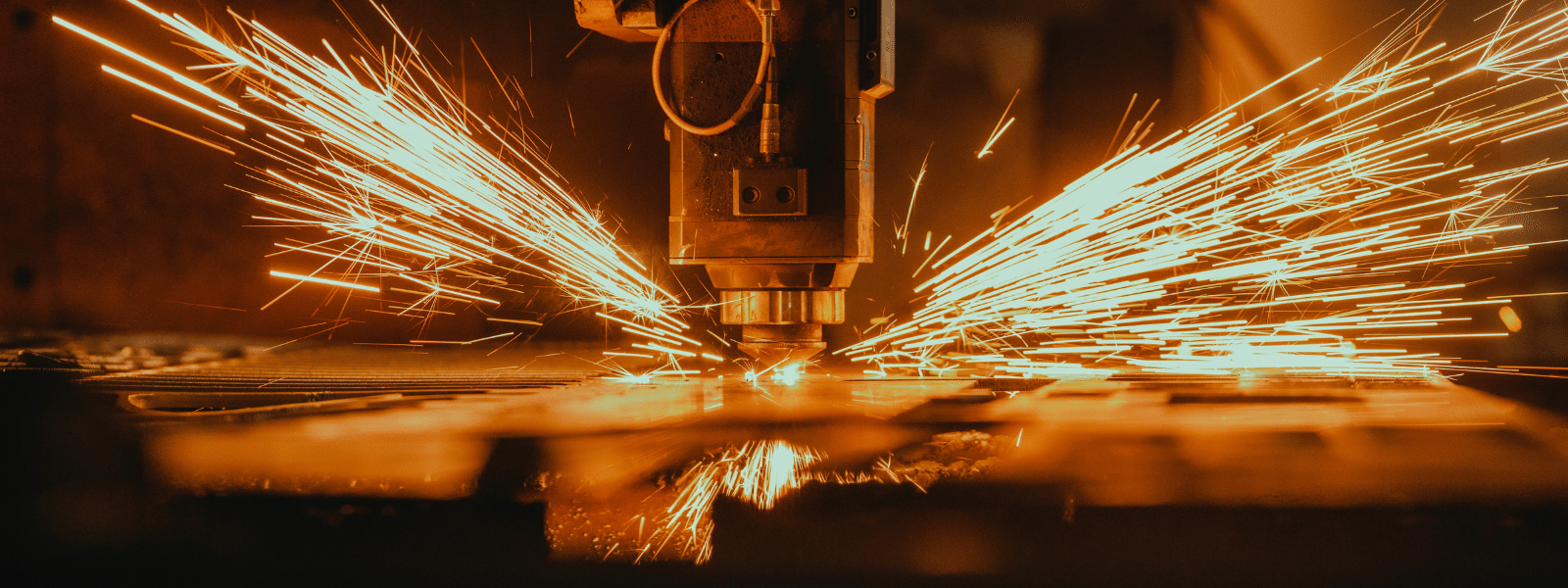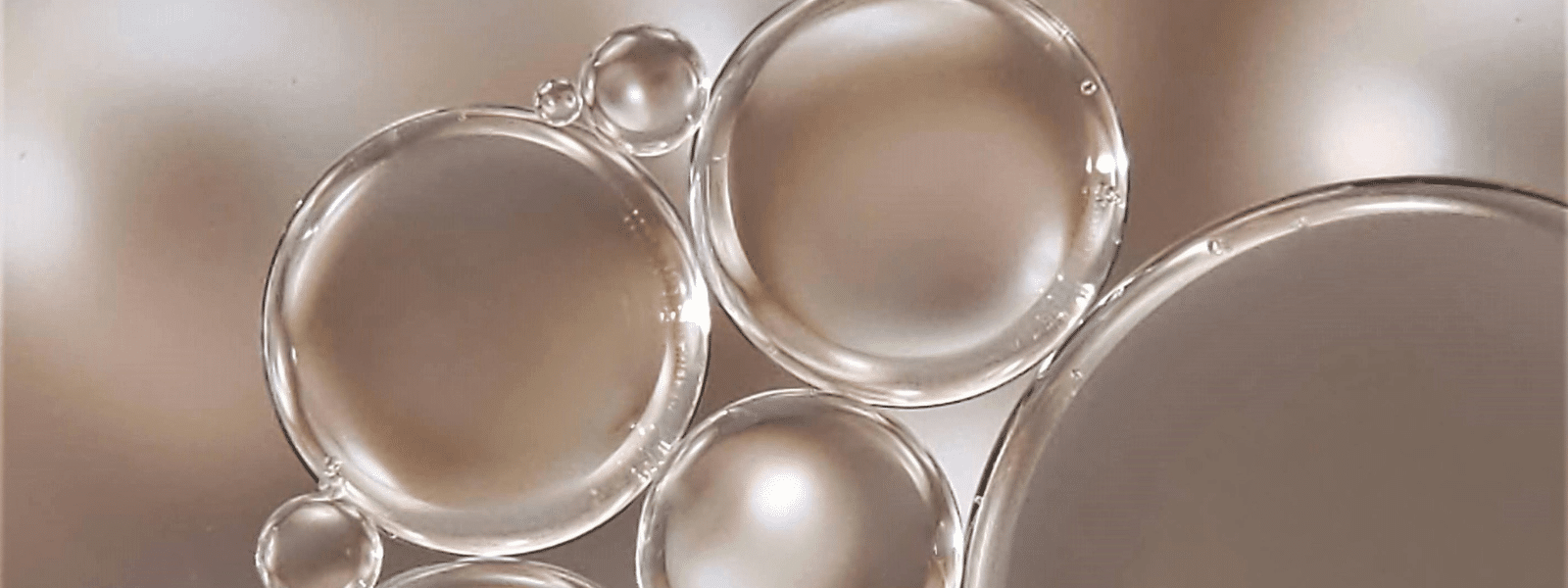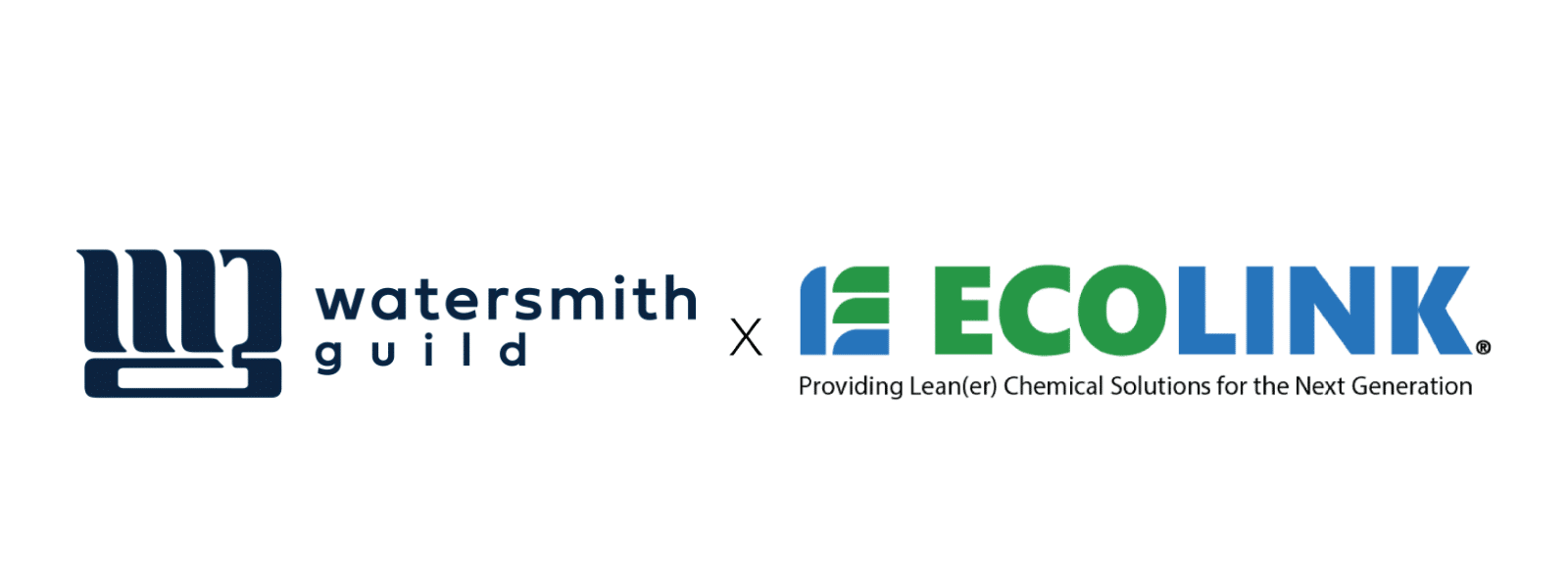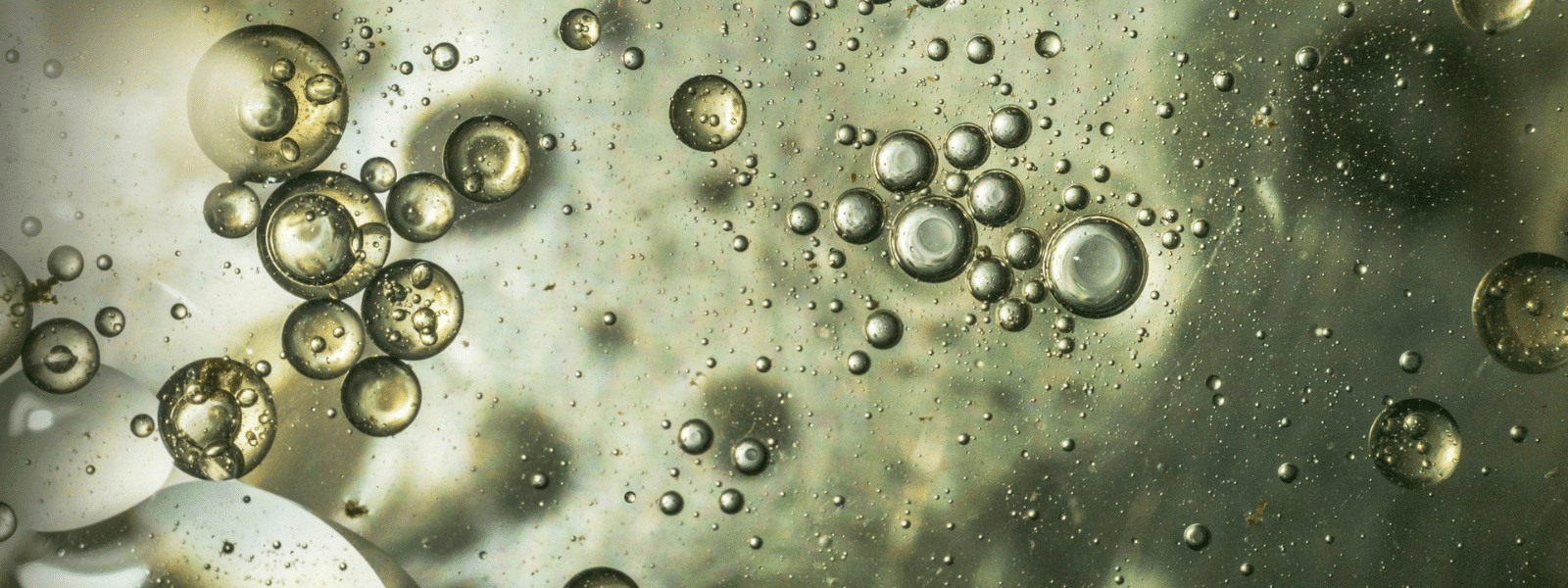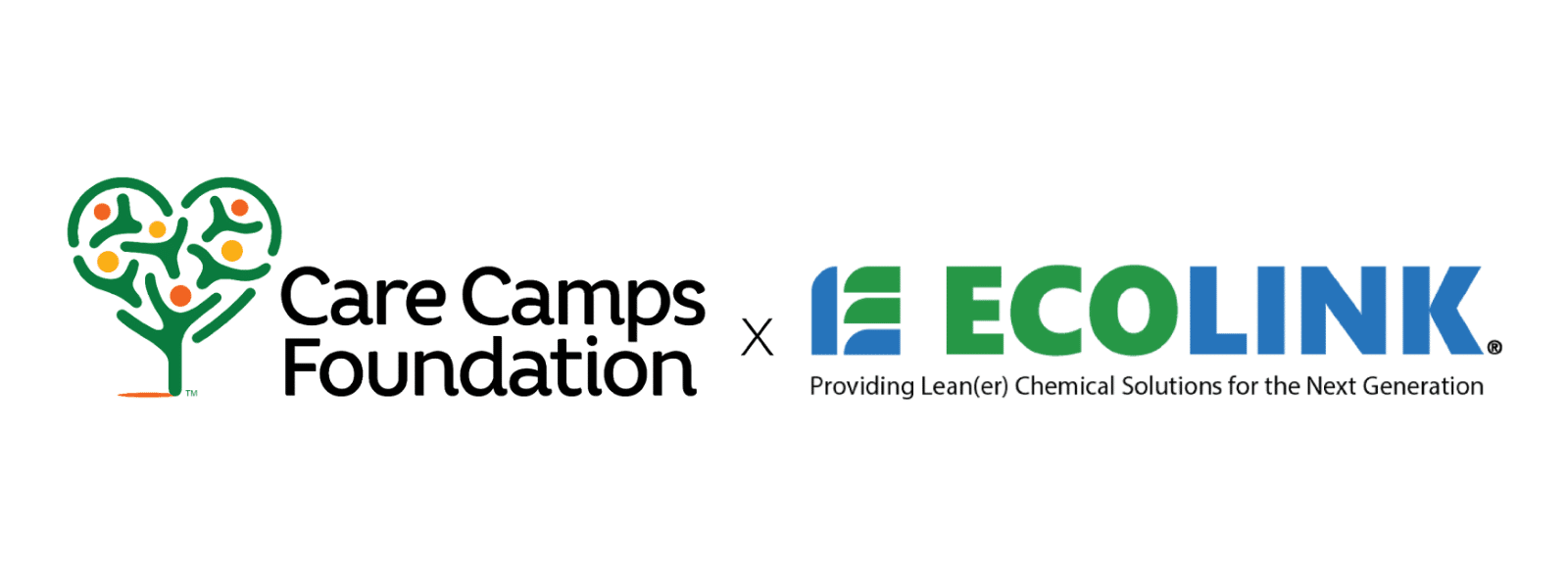For industrial cleaning, isopropyl alcohol (IPA) is prefered over other types of alcohol for several reasons. In addition to IPA cleaning liquid, cleaning liquids containing methyl alcohol, ethyl alcohol, and butyl alcohol are commonly used for various cleaning operations, from removing grime from work surfaces to cleaning away dirt from electronic components.
So, exactly why should you choose an IPA cleaning liquid over a cleaning liquid that contains a different type of alcohol? Once you see the drawbacks to using methyl, ethyl, and butyl alcohols, the answer is clear. You’ll want to use an IPA-based cleaner instead of cleaner that uses a different alcohol base.
Methyl Alcohol
IPA has a high vapor density that produces a high evaporation rate, but the vapor density of methyl alcohol is three times higher than IPA’s. In addition to profusely filling the work environment with head spinning alcohol fumes, the high evaporation rate of methyl alcohol makes it difficult to use efficiently, especially in the form of saturated wipes. Methyl alcohol wipes dry quickly, making them best for cleaning soils from a small surface area.
Ethyl Alcohol
Ethyl alcohol (a.k.a. ethanol) is found in most alcoholic beverages. For example, a beer that has 7.5% alcohol contains 7.5% ethyl alcohol per volume. Pure ethyl alcohol used for cleaning would taste wretched to drink, as it’s nearly 100% pure. But people have been known to consume it. This is why the U.S. Government regulates the substance, regardless of intended use.
According to an article from Berkshire, “In order to use pure ethyl alcohol (un-denatured) for wiping purposes would require applying for government permits and complying with usage tracking procedures — more trouble than it’s worth.”
Butyl Alcohol
Butyl alcohol has a lower vapor density than isopropyl, methyl, or ethyl alcohol, having about ? of the vapor pressure of IPA. On the downside, in addition to having an exceptionally pungent smell, butyl alcohol has a high hydrocarbon content that limits its solubility. A mixture of 90% water and 10% butyl is about the best you can do. In comparison, IPA cleaning liquid can contain any alcohol to water ratio.
As Berkshire notes, “The banana-like odor of butyl alcohol would render it objectionable to most cleanroom operators for long-term use. More importantly, the higher hydrocarbon content of butyl alcohol limits its solubility in water to about a 10 percent solution. By comparison, IPA is miscible in water at all concentrations.”
Need IPA Cleaning Liquid?
If so, Ecolink can supply a stock or custom solution that meets your needs perfectly with an eco friendly IPA-based cleaners.
We also supply high-purity industrial-grade IPA so you can use in it concentrated form or create your own IPA cleaning liquid. If you decide to use an IPA cleaning liquid from us, feel free to order a free sample, so you can see just how well it works.
For more information about how IPA cleaning liquid compares to cleaners containing other types of alcohol, or to place an order, please call us today at 800-563-1305, or send us an email through our contact form. We look forward to hearing from you!






